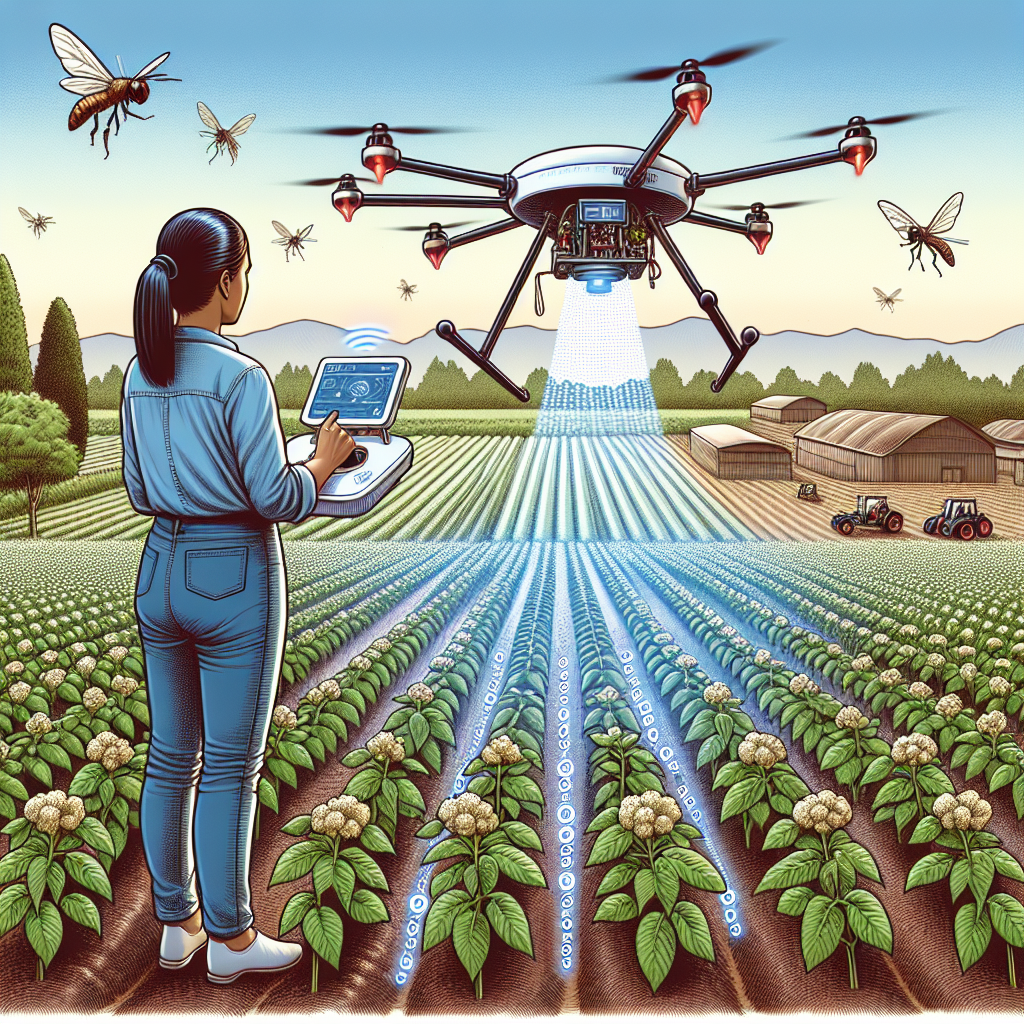AI Applications for Pest Control in Agriculture
Pests have always been a major challenge for farmers, causing significant damage to crops and leading to substantial economic losses. Traditional pest control methods, such as the use of chemical pesticides, have been effective to some extent but come with their own set of challenges, including environmental concerns and the development of pesticide-resistant pests. In recent years, the agriculture industry has been turning to artificial intelligence (AI) to revolutionize pest control and minimize the negative impact of pests on crop yields.
AI offers a range of innovative applications for pest control in agriculture, from early detection and monitoring of pests to targeted interventions that minimize the use of harmful chemicals. By harnessing the power of AI, farmers can better manage pest populations, reduce crop damage, and ultimately improve their overall productivity.
One of the key AI applications for pest control in agriculture is the use of drones equipped with advanced imaging technology. Drones can fly over fields and capture high-resolution images that can be analyzed by AI algorithms to detect signs of pest infestation. This early detection allows farmers to take immediate action to mitigate the spread of pests and prevent further damage to crops. Drones can also be used to distribute targeted treatments, such as biological control agents or pheromones, to specific areas of the field where pests are most prevalent.
Another AI application for pest control in agriculture is the use of sensor technology to monitor pest activity in real-time. Sensors placed throughout the field can collect data on temperature, humidity, and other environmental factors that influence pest behavior. This data can be analyzed by AI algorithms to predict when and where pests are likely to appear, allowing farmers to implement preventive measures before a pest infestation occurs.
AI-powered robots are also being developed to autonomously patrol fields and identify and remove pests. These robots can be equipped with cameras and sensors that enable them to navigate through the field, locate pests, and apply targeted treatments. By automating the process of pest control, farmers can reduce the labor and time required to manage pests effectively.
In addition to these applications, AI is also being used to optimize the use of pesticides in agriculture. By analyzing data on pest populations, weather conditions, and crop growth patterns, AI algorithms can recommend the most effective and environmentally friendly pesticides to use in a given situation. This targeted approach to pesticide use can help farmers reduce the overall amount of chemicals applied to their crops, minimizing the risk of pesticide resistance and environmental damage.
Overall, AI applications for pest control in agriculture have the potential to revolutionize the way farmers manage pests and protect their crops. By leveraging the power of AI, farmers can detect pests early, monitor their activity in real-time, and implement targeted interventions that minimize the use of harmful chemicals. This not only improves crop yields and reduces economic losses but also promotes sustainable farming practices that benefit both the environment and human health.
FAQs:
Q: How effective are AI applications for pest control in agriculture?
A: AI applications for pest control in agriculture have been shown to be highly effective in detecting pests early, monitoring their activity, and implementing targeted interventions. By leveraging the power of AI, farmers can better manage pest populations and minimize the damage to crops.
Q: Are AI applications for pest control in agriculture cost-effective?
A: While the initial investment in AI technology for pest control may be high, the long-term benefits in terms of improved crop yields and reduced economic losses can outweigh the costs. Additionally, AI applications can help farmers reduce the use of harmful chemicals, leading to long-term cost savings and environmental benefits.
Q: Are AI applications for pest control in agriculture environmentally friendly?
A: Yes, AI applications for pest control in agriculture are designed to minimize the use of harmful chemicals and promote sustainable farming practices. By detecting pests early and implementing targeted interventions, farmers can reduce the overall amount of pesticides applied to their crops, leading to a healthier environment.
Q: How can farmers implement AI applications for pest control in agriculture?
A: Farmers can implement AI applications for pest control in agriculture by partnering with technology companies that specialize in AI solutions for agriculture. These companies can provide drones, sensors, robots, and AI algorithms that are tailored to the specific needs of the farm and the crops being grown.
Q: What are some of the challenges associated with implementing AI applications for pest control in agriculture?
A: Some of the challenges associated with implementing AI applications for pest control in agriculture include the initial cost of the technology, the need for specialized training for farmers and farm workers, and potential issues with data privacy and security. However, with proper planning and support, these challenges can be overcome to maximize the benefits of AI for pest control in agriculture.

